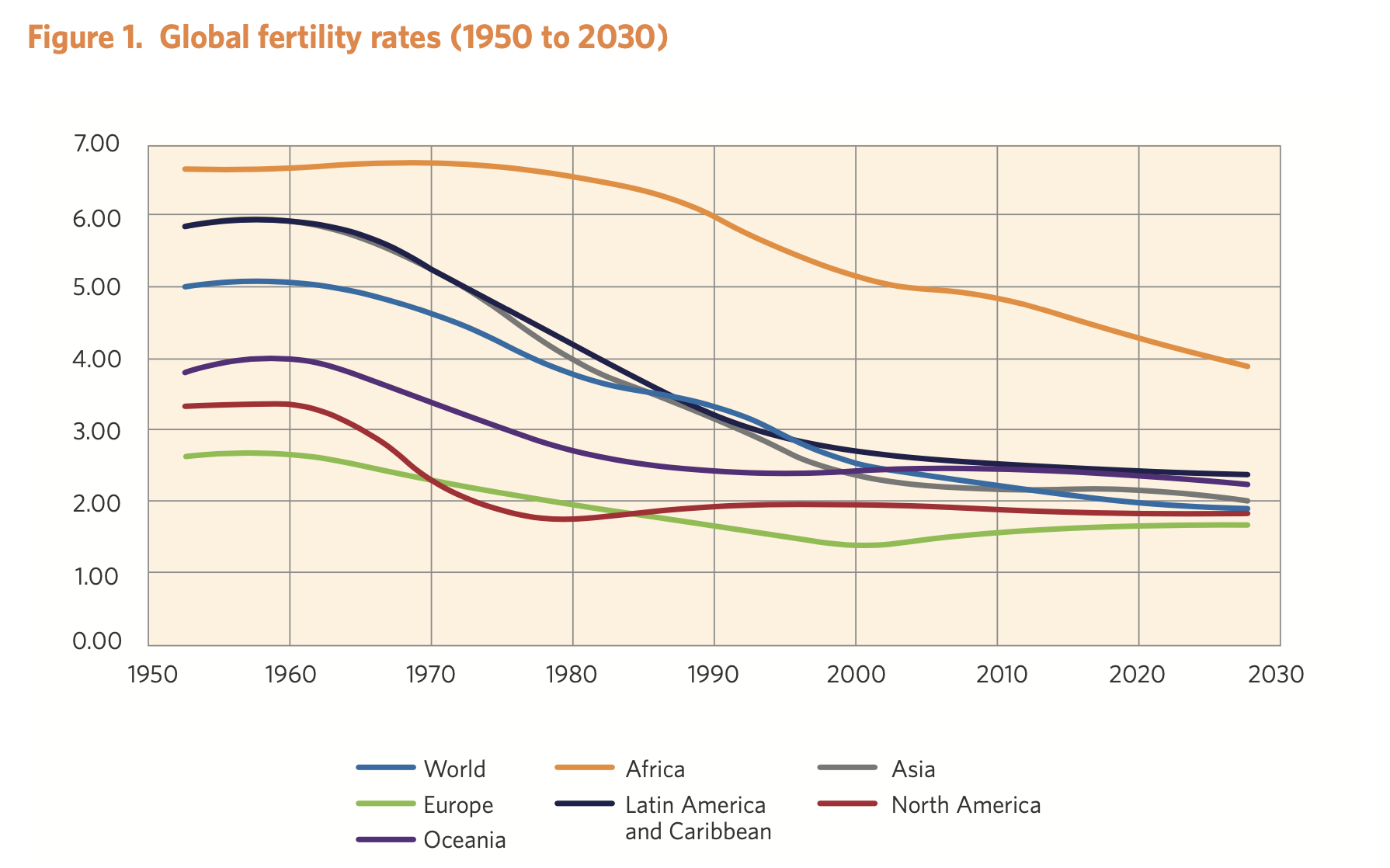
July 11, 2021 marks the 32th World Population Day. /CFP
July 11, 2021 marks the 32th World Population Day. /CFP
July 11 this year marks the 32nd World Population Day and the UN Population Fund (UNFPA) is calling on to protect the reproductive health and rights at a time when COVID-19 pandemic could have lasting consequences on global population.
UNFPA has set the theme of this year's World Population Day as "Rights and choices are the answer: Whether baby boom or bust, the solution to shifting fertility rates lies in prioritizing the reproductive health and rights of all people."
The pandemic has compromised health care systems, including in the area of sexual and reproductive health. Gender-based inequities have also been exposed and exacerbated, UNFPA said in a statement.
Against this backdrop, many countries are expressing concern over changing fertility rates, UNFPA said, noting that experience has shown that responses focusing narrowly on fertility often do not work.
Demographic changes can present opportunities for holistic responses, for example, through family support and child-care systems accompanied by efforts to ensure higher levels of gender equality, according to the statement.

China's efforts to improve demographic structure
China, the world's most populous country, has been easing its family planning rules for years. In 2016, it did away with its one-child policy and in late May this year, it further relaxed the guidelines, allowing couples to have three children, up from two. The move came in a bid to maximize the population's role in driving economic and social growth and address the risks of a downward trend in fertility.
Population aging is a dominant demographic phenomenon around the globe and China is no exception. Official data shows that the share of China's population aged 60 years and older is expected to triple from over 10 percent in the late 1990s to more than 30 percent around 2035.
The birth policy change comes with supportive measures, including improving prenatal and postnatal care services, developing a universal childcare service system, reducing family spending on education, strengthening tax and housing support, and safeguarding the lawful rights and interests of working women.
The Chinese government has been taking measures to ease pressure on parents as part of its efforts to encourage fertility.
For example, Beijing started a crackdown against speculation in so-called "school district houses," including conducting inspection on real estate brokers for misleading buyers and driving up housing prices.
Meanwhile, China's Ministry of Education has set up a department to oversee the booming off-campus tutoring sector.
In early June, the State Administration for Market Regulation, China's top market watchdog, imposed maximum-level fines of 36.5 million yuan ($5.63 million) on 15 tutoring firms for violations including misleading advertisements and pricing fraud.
Moreover, several major cities, including Beijing, Shanghai and Wuhan, have introduced daycare policies for students during the holidays.
China in 2013 allowed couples to have a second child if either parent was an only child, and in 2016 couples were allowed to have two children, phasing out the one-child policy.
According to the latest census data published in May, the share of children under the age of 14 in China's population rose to 17.95 percent in 2020 from 16.6 percent in 2010.
Following the policy shifts in recent years, second-child births accounted for about 50 percent of all newborns in recent years, compared to around 30 percent in 2013.
(With input from Xinhua)

